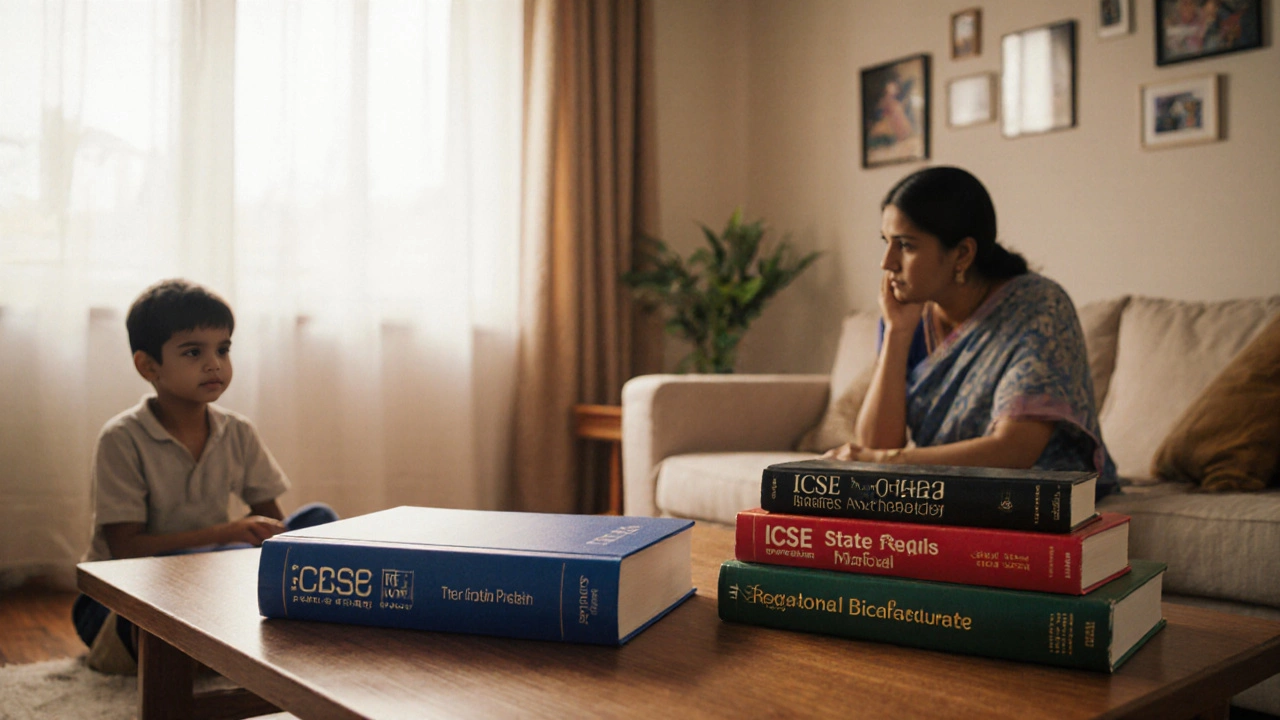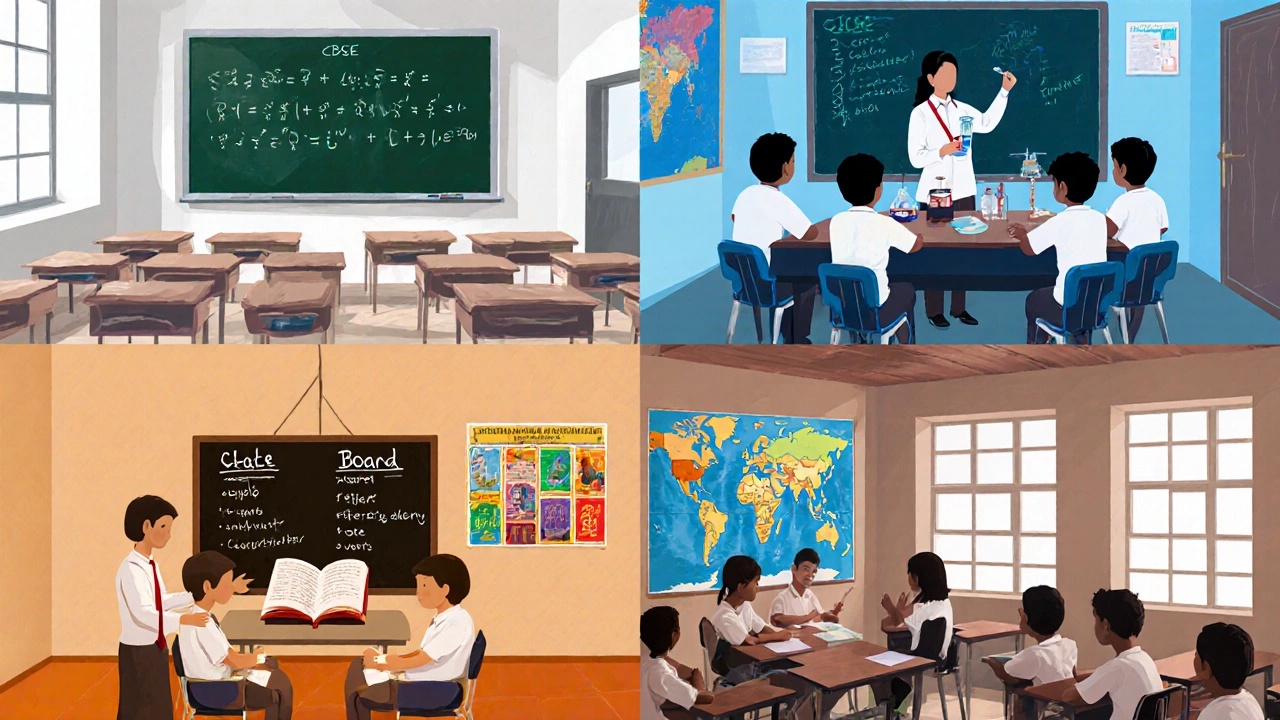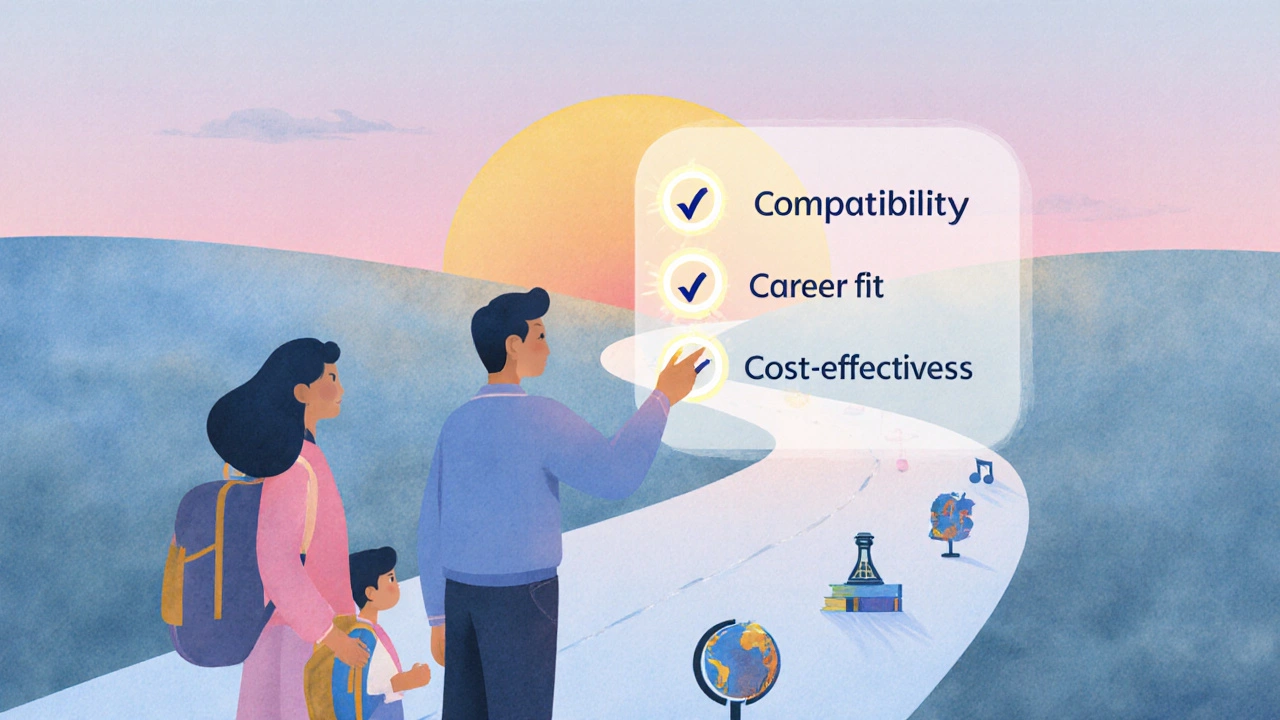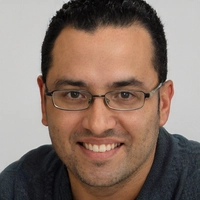
Understanding Why the Right Syllabus Matters
Every parent wants their kid to feel confident, enjoy learning, and be ready for the next step-whether that’s higher secondary school, a competitive exam, or a college abroad. The syllabus you pick sets the pace for classroom learning, the type of assessments, and even the extracurricular culture. A mismatch can lead to frustration, lower grades, and missed opportunities. That’s why figuring out the best syllabus for a child is more than a checkbox; it’s a strategic decision that shapes their academic journey.
Key Players in the Indian School System
India offers several mainstream curricula, each with its own philosophy and outcomes. Below are the four most common options parents weigh:
- CBSE syllabus - the Central Board of Secondary Education, known for a uniform, nationwide curriculum focused on science, math, and application‑based learning.
- ICSE syllabus - the Indian Certificate of Secondary Education, emphasizing a detailed, language‑rich approach with a broader range of subjects.
- State Board syllabus - each Indian state’s education department designs its own curriculum, often tailored to local language and cultural contexts.
- International curricula - includes the International Baccalaureate (IB), Cambridge IGCSE, and other globally recognized programs.
Let’s break down what each one actually looks like in a classroom.
Deep Dive: Curriculum Structure and Teaching Style
CBSE follows a concise textbook approach. Lessons are usually concise, with a strong emphasis on problem‑solving in mathematics and physics. Assessments are a mix of objective (multiple‑choice) and subjective questions, and the board promotes continuous internal assessments (CAs) throughout the year.
ICSE expects students to engage with longer texts and more descriptive answers. The board allocates significant weight to English language skills, project work, and practical labs. Exams often require essay‑type answers, encouraging critical thinking and expressive writing.
State Boards vary widely. Some states, like Karnataka, follow a curriculum similar to CBSE but in the regional language, while others incorporate local history, art, and agriculture topics. Assessment styles can be heavily rote‑based, especially in smaller towns.
International curricula such as IB focus on inquiry‑based learning, where students explore concepts through questions rather than just receiving facts. The International Cambridge program balances IGCSE with O‑Level style exams, offering flexibility to sit for British A‑Levels later.
Evaluation of Core Factors Parents Care About
When you sit down to compare, think of these five dimensions. They’re the decision‑making lenses that most parents use.
| Board | Curriculum Focus | Assessment Style | University Recognition (India & Abroad) | Ideal For |
|---|---|---|---|---|
| CBSE | Conceptual clarity, application‑oriented maths & science | Mixed objective & subjective, regular internal assessments | All Indian universities; accepted worldwide, especially for engineering | Students eyeing competitive exams (JEE, NEET) or engineering tracks |
| ICSE | Broad subject base, strong English & analytical skills | Descriptive, project‑based, higher emphasis on essays | Indian universities; favorable for liberal arts and overseas admissions | Kids who thrive on reading, writing, and a varied subject mix |
| State Board | Regional language, culture, state‑specific topics | Often rote memorisation, high‑stakes year‑end exams | Accepted by Indian universities; may need extra clearance abroad | Families staying within the state, budget‑conscious schooling |
| International (IB/IGCSE) | Inquiry‑based, interdisciplinary, global perspectives | Internal assessments, coursework, external exams (IB Diploma, IGCSE) | Universities worldwide; strong for UK, US, Australia | Parents planning overseas higher education or seeking holistic development |

How to Match a Syllabus with Your Child’s Learning Style
1. Test the attention span. If your child prefers short, focused lessons and enjoys solving puzzles, CBSE’s concise chapters work well. For a child who loves stories, debates, and writing, ICSE’s language‑heavy approach is a better fit.
2. Look at extracurricular balance. International programs often embed community service and arts into the timetable. State boards may have limited options, especially in rural schools.
3. Evaluate future goals. Planning a medical or engineering career? CBSE aligns with JEE/NEET patterns. Aiming for a liberal arts college in the US? IB or Cambridge gives the required grades and subject flexibility.
4. Consider the teaching environment. Some schools blend CBSE with project‑based learning, while others follow the textbook strictly. Visit classrooms, ask teachers about teaching methodology, and observe how lessons are delivered.
5. Check language proficiency. If your child’s first language is not English, a State Board syllabus taught in the regional language may boost confidence. Conversely, if you want early exposure to English, ICSE or International boards provide that edge.
Practical Checklist Before Making the Choice
- List your child’s strengths - math, language, creativity, science.
- Map long‑term academic goals - competitive exams, overseas university, vocational path.
- Inspect school infrastructure - labs, libraries, digital classrooms.
- Confirm board recognition for the universities you target.
- Factor in tuition fees, travel distance, and after‑school support.
- Talk to parents whose kids are already in the boards you’re considering.
Cross‑checking each point against the comparison table above will clarify which syllabus aligns best with your child’s profile.
Common Myths Debunked
Myth 1: CBSE is only for ‘science geeks’. While CBSE is strong in STEM, its elective options (psychology, economics) have expanded. Many CBSE schools now offer arts streams too.
Myth 2: ICSE guarantees English fluency. Fluency depends on school quality and home practice. Some ICSE schools have weak language labs, while certain CBSE schools excel in oral communication.
Myth 3: International boards are too expensive for Indian families. Scholarship programs, fee‑waiver schemes, and online IB/AP courses now make these options accessible beyond elite schools.
Myth 4: State Board students can’t compete nationally. Many state‑board students ace JEE and NEET after extra coaching. Success hinges on the child’s effort, not the board alone.

What Experts Say: Recent Survey Findings (2024‑25)
A nationwide survey by the Education Research Council (ERC) of 5,000 parents revealed:
- 42% chose CBSE for its exam‑pattern alignment with JEE/NEET.
- 27% opted for ICSE, valuing English proficiency and holistic subject exposure.
- 18% stuck with State Boards due to affordability and proximity.
- 13% selected International curricula, mostly for overseas university aspirations.
Parents who matched the board with their child’s learning style reported a 30% higher satisfaction score after two years of schooling.
Final Decision Framework
Use the “3‑C” rule to wrap up your evaluation:
- Compatibility: Does the board’s teaching style fit your child’s natural way of learning?
- Career‑fit: Does the syllabus support the higher‑education path you envision?
- Cost‑effectiveness: Can you sustain the fees and associated resources without compromising other needs?
If the answer is “yes” to at least two of the three, you likely have a winner.
Frequently Asked Questions
Is CBSE better for engineering aspirants?
Yes, CBSE’s syllabus mirrors the pattern of JEE and NEET exams, making it easier for students to transition to those competitive tests.
Can a child switch boards later without losing ground?
Switching is possible but may require a short adjustment period. For example, moving from State Board to CBSE often means catching up on depth of concepts, while moving to an International board may need extra English and research‑writing practice.
How much does an International curriculum cost in India?
Fees vary widely. Top‑tier IB schools in metros charge between INR 3 - 6 lakhs per year, while some Cambridge-affiliated schools offer a hybrid model at INR 1.5 - 3 lakhs. Scholarships and batch‑wise discounts can lower these numbers.
Do State Boards provide good science labs?
It varies. Urban state‑board schools often have decent labs, while rural ones may rely on textbook experiments. If lab work is crucial, verify infrastructure during school visits.
Which board is more flexible for extracurricular activities?
International curricula embed CAS (Creativity, Activity, Service) or project‑based modules, giving structured space for extracurriculars. CBSE and ICSE depend on individual school policies.
Next Steps for Parents
1. Shortlist three schools that offer the boards you’re interested in.
2. Attend at least one open‑house or virtual tour per school. Ask about teacher‑student ratios, assessment frequency, and extra support.
3. Put the checklist from the “Practical Checklist” section into a spreadsheet and score each school on a 1‑5 scale.
4. Discuss the results with your child. Their input matters; a board that feels forced may backfire.
5. Make a decision before the admission cycle closes (usually May‑June for the next academic year).
Choosing the right syllabus isn’t a one‑size‑fits‑all puzzle. By aligning the board’s strengths with your child’s learning style, future goals, and family resources, you set the stage for confidence, curiosity, and success.
